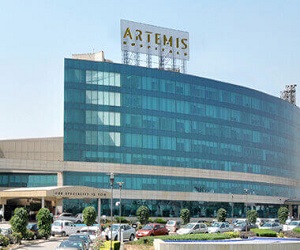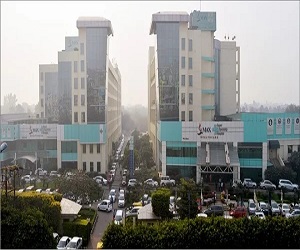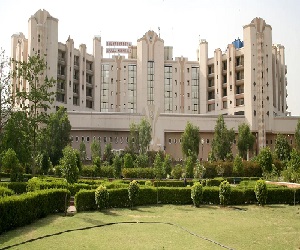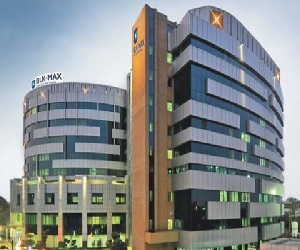Minimally invasive spine surgery (MISS) offers an effective solution for spine problems, enhancing your quality of life. The procedure involves administering anesthesia and inserting a fine needle into the targeted spine area. A spine endoscope aids in inserting a 6mm hollow tube, and a Holmium YAG laser is used to treat the condition.
Benefits of Minimally Invasive Spine Surgery
- Faster Recovery: You will recover quickly with minimal hospital stay, allowing a swift return to daily activities.
- Low Anesthetic Dose: The procedure uses a low dose of anesthetic, reducing the risk of side effects and post-surgery dizziness.
- Minimal Scarring: Smaller incisions result in less scarring, pain, and discomfort.
- Preserved Muscle Integrity: There is minimal muscle damage, allowing greater freedom of movement post-surgery.
- Quick Healing: Smaller incisions promote faster healing.
Candidates for Spinal Surgery
Spinal surgery is recommended for individuals with spinal deformity, infections, tumors, or trauma.
Procedure of Spinal Surgery
The surgeon makes a tiny incision on the back, removing bone spurs and thick ligaments to restore normal spine functions and alleviate nerve pain, thereby improving your quality of life.
Post-Surgery Recovery and Instructions
Recovery typically takes 4-6 weeks, with up to 3 months required for resuming complex physical activities. Follow these precautions for a smoother recovery:
- Avoid Heavy Lifting: Do not lift heavy weights to prevent complications. Use handrails when climbing stairs.
- Keep Incision Dry: Keep the incision area dry for at least 48 hours post-surgery. Contact your surgeon if there is discharge for more than two days.
- Hygiene: You can shower after 48 hours but avoid scrubbing the incision area. Steer clear of hot tubs and swimming pools.
- Healthy Diet: Maintain a healthy diet and avoid high-calorie foods.
Risks Associated with Minimally Invasive Spine Surgery
MISS involves certain risks and complications, including:
- Nerve Damage: Potential nerve damage leading to serious health issues.
- Numbness: Possible development of numbness that can interfere with daily activities.
- Spinal Fluid Leakage: Risk of spinal fluid leakage, requiring prompt medical attention.
Understanding these benefits, candidate criteria, procedural steps, recovery guidelines, and potential risks can help you confidently choose minimally invasive spine surgery.
Minimally Invasive Spine Surgery cost in India are as follow
| Treatment | Cost in USD | Stay in Hospital |
| Minimally Invasive Spine Surgery | 4000-5000 | 7-8 Days |
| Artificial Spine Lumbar Disc Replacement | 5500-6000 | 3-4 Days |
| Cervical Spine Surgery | 4000-5000 | 7-8 Days |
| Herniated Disc Surgery | 4000-5000 | 7-8 Days |
| Spine Tumor Surgery | 3500-4000 | 7-8 Days |












